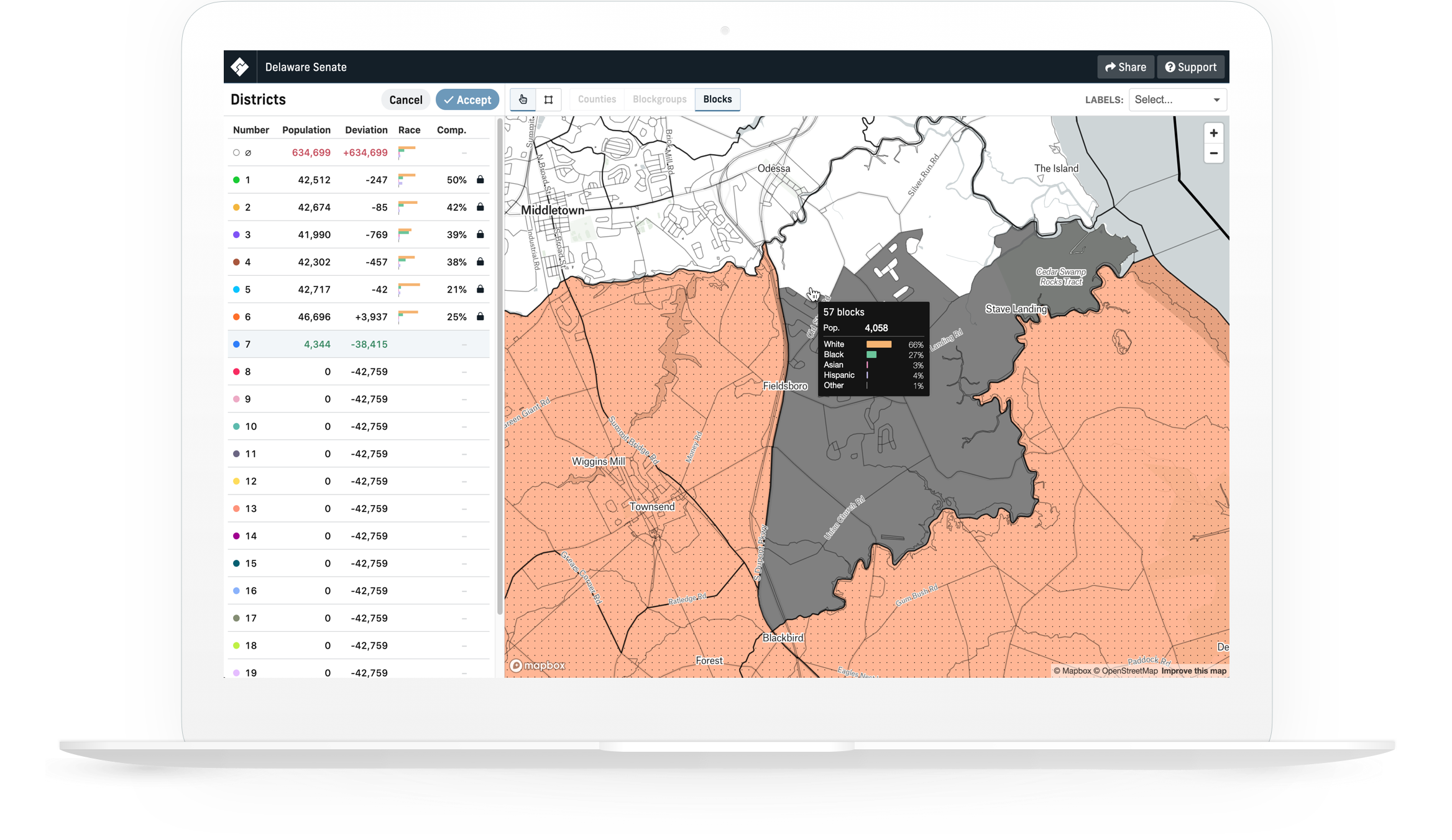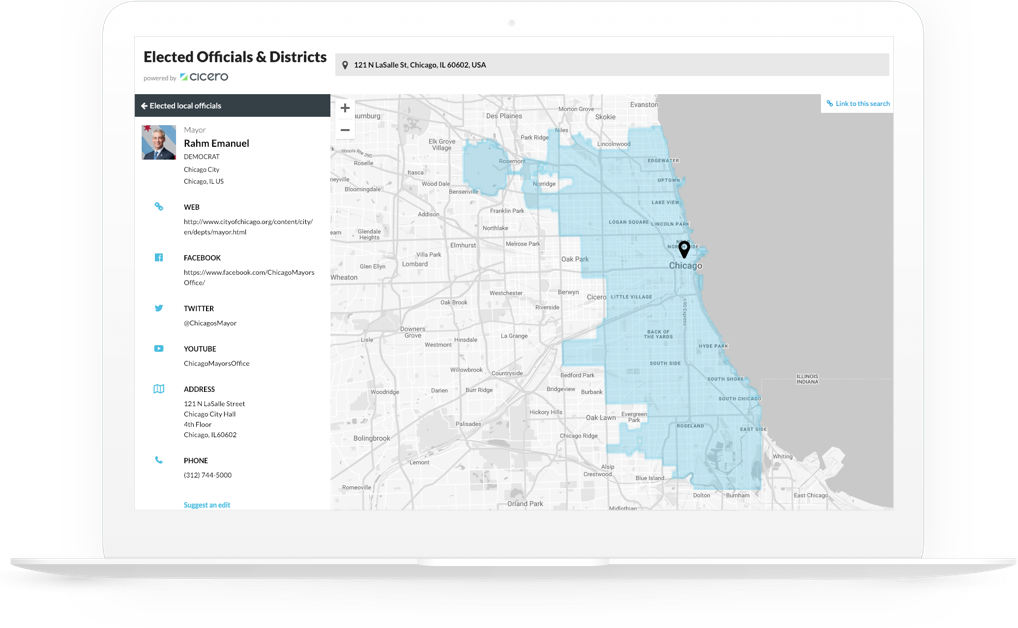What is redistricting?
Redistricting is the process of adjusting districts based on population. It affects every type of district from which people represent us—from federal, to state and local districts.
In the U.S., this generally happens every ten years after the Census Bureau completes its decennial Census and the new population data is released to each state legislature. However, the U.S. Constitution has little to say about how redistricting should occur. Beyond the universal requirement for “one person, one vote”, each state is free to determine its own constitutional requirements or statutes for redistricting. For instance, states may have different standards for acceptable deviation from the equal population requirement, and information that is acceptable to use in one state’s process may be explicitly forbidden in another’s.
Azavea has on-hand experts in redistricting and gerrymandering. Let us help you with research and analysis, expert witness testimony, and redistricting plans.
Contact usHow do we know if gerrymandering has occurred?
-
Compactness metrics
One of the “traditional” redistricting principles, low compactness is often a sign of potential gerrymandering by courts, state law and the academic literature.
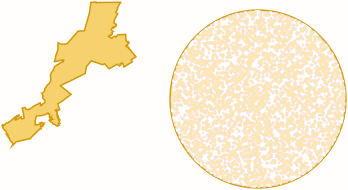
Polsby-popper
Ratio of the area of the district to the area of a circle whose circumference is equal to the perimeter of the district.
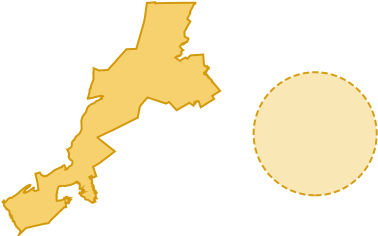
Schwartzberg
Ratio of the perimeter of the district to the circumference of a circle whose area is equal to the area of the district.
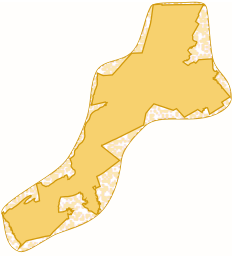
Area/Convex Hull
Ratio of the area of the district to the area of the minimum convex polygon that can enclose the district’s geometry.
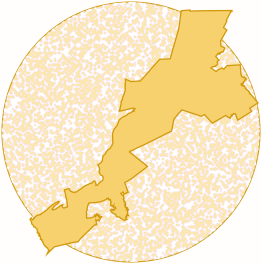
Reock
Ratio of the area of the district to the area of the minimum bounding circle enclose’s the district’s geometry.
-
Efficiency Gap
Measures a political party’s wasted votes to calculate a partisan advantage.
-
Partisan Symmetry
Ratio of districts a party wins to how many votes it wins in a legislative body.
-
Sampling
Measure of how much a redistricting plan deviates from normal.




























